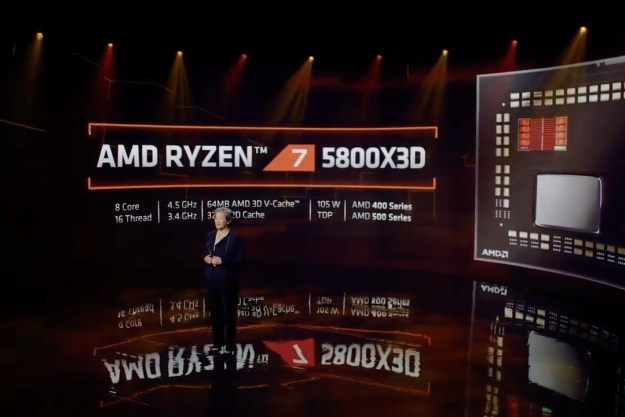Demonstrated at the recent Inside 3D Printing Shanghai 2015, the smartphone 3D printer was built in Jeng’s lab by a team of graduate students and research assistant. The phone-based printer uses a new photopolymer created by the Taiwan Tech team that uses visible light emitted from a smartphone to cure the resin instead of the traditional method of using UV light or lasers.
The smartphone printer works just like any other 3D printer: The machine starts by placing a coated vat of the specialty resin on top of a

The team has been working on a prototype version of the printer for over a year and is slowly refining the printing process. An early version of the technology required the use of a computer to control the printer motor as it builds. Now, the team has developed a smartphone app that synchronizes the
The new smartphone printer shows promise, but it has one major flaw: The visible light that powers the system also makes it slow — slower than similar vat polymerization techniques. The team is exploring ways to speed up printing by increasing the brightness of the visible light emitted from a
When Jeng is ready to bring the technology to the commercial market, he expects to debut the machine for around $100 plus the cost of a smartphone. This affordable price tag, along with the ease of use that comes from a
Editors' Recommendations
- Nvidia turns simple text prompts into game-ready 3D models
- AMD might be about to launch the most powerful laptop of 2023
- AMD is bringing 3D V-Cache back to Ryzen 7000 — but there’s a twist
- AMD’s revolutionary 3D V-Cache chip could launch very soon
- AMD teases performance of its revolutionary 3D V-cache chip




